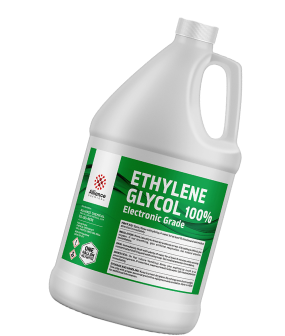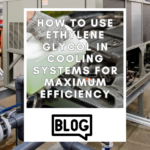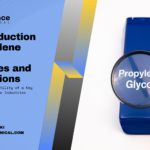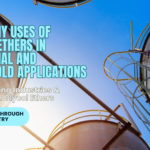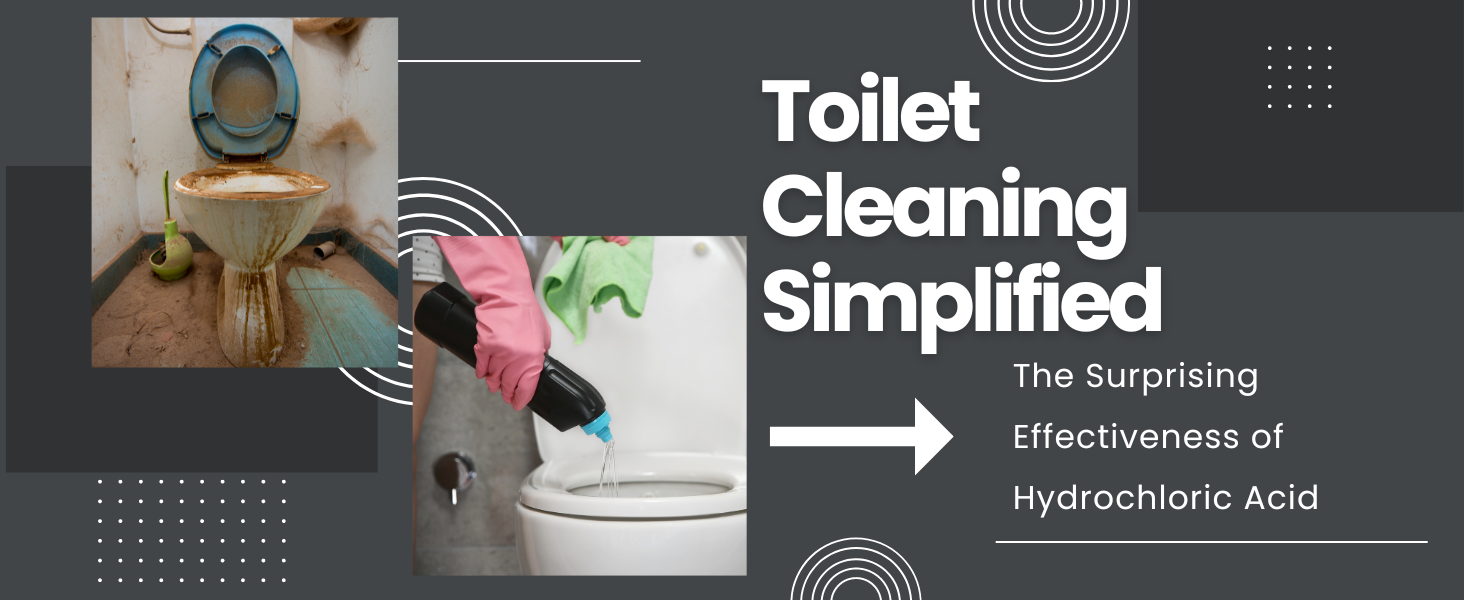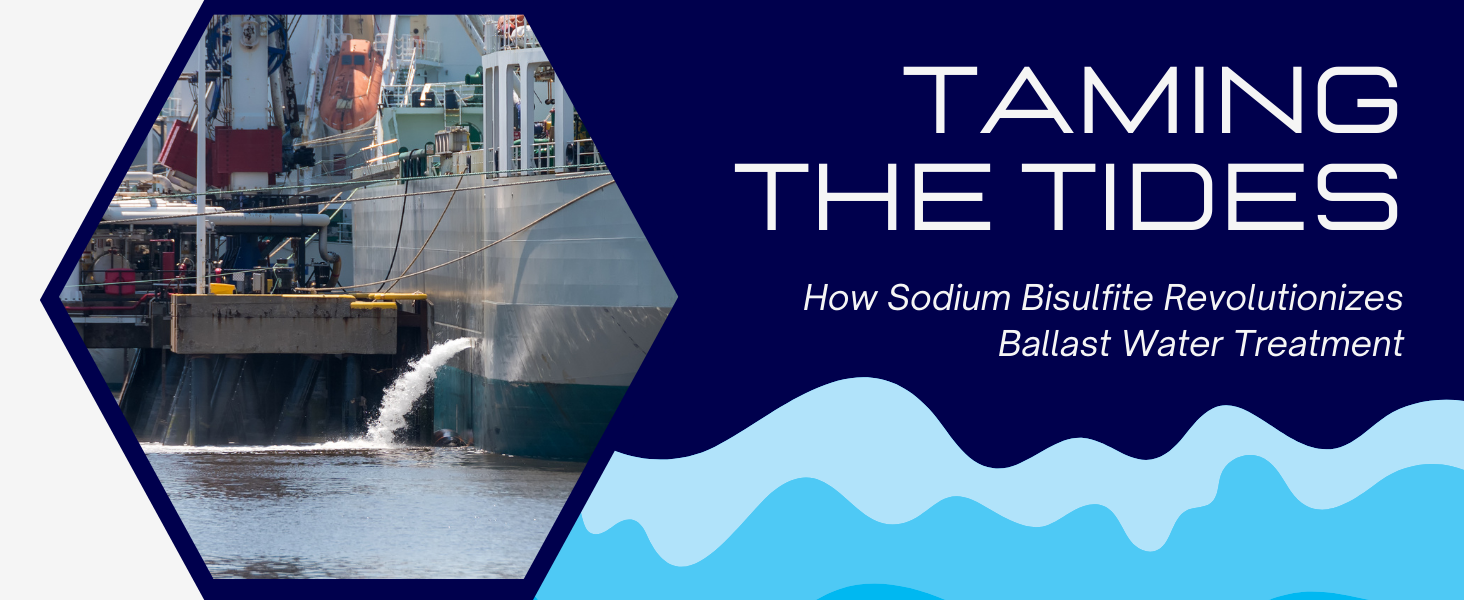
Chilling Tales of Ethylene Glycol vs Propylene Glycol: An Epic Battle for the Crown of Best Antifreeze
Hello, dear reader, and welcome to the chemistry colosseum where compounds combat for the title of ‘Antifreeze Champion’. Today, we’re serving you the showdown of the century: The widely utilized, sweet-tasting powerhouse, Ethylene Glycol (EG), faces off against the versatile and less toxic darling of industries, Propylene Glycol (PG). Pull up a seat, this is going to be a clash of the titans!
The Reigning Champ – Ethylene Glycol
Hailing from the world of antifreeze, where lower freezing points and raised boiling points earn you street cred, EG has been ruling the roost. A celebrity in the realm of radiator coolants, EG has demonstrated its potential far beyond automotive applications. The jack of many trades, it has found prominence in HVAC systems, industrial cooling and heating processes, and even ice rinks. Despite EG’s toxicity, industries have been smitten by its efficiency and versatility.
At Alliance Chemical, we honor the reigning champ with our special concoctions, such as Ethylene Glycol 50/50 and Ethylene Glycol 60/40, each fine-tuned to perfection, promising consistent performance and quality.
-
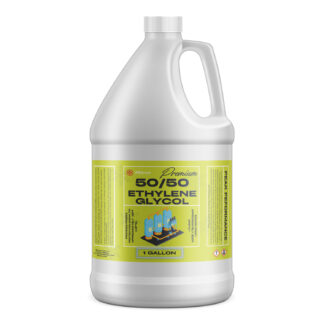 Ethylene Glycol 50/50$20.00 – $3,200.00
Ethylene Glycol 50/50$20.00 – $3,200.00 -
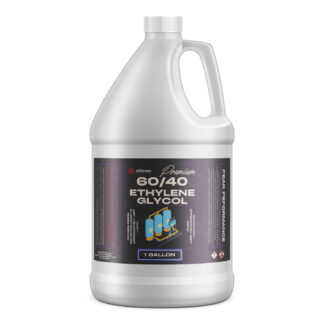 Ethylene Glycol 60/40$20.00 – $3,105.00
Ethylene Glycol 60/40$20.00 – $3,105.00 -
 Ethylene Glycol Semiconductor Grade$21.00 – $3,300.00
Ethylene Glycol Semiconductor Grade$21.00 – $3,300.00
The Challenger – Propylene Glycol
Now, before you get too comfortable, let’s introduce our formidable challenger – Propylene Glycol, also known as PG. Like its adversary, PG is a colorless, odorless, and sweet-tasting liquid. But what sets PG apart is its relatively harmless nature, proving less toxic to humans and animals. This feature has thrown PG into the limelight, especially in industries where the risk of accidental ingestion is high.
At Alliance Chemical, we present two variants of PG, each suited to diverse applications – Propylene Glycol, Technical Grade, and Propylene Glycol USP. The USP variant, particularly known for its high purity, is a favorite in the food, pharmaceutical, and cosmetic industries, while the Technical Grade serves broader industrial purposes.
-
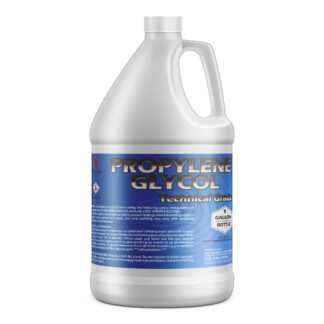 Propylene Glycol Technical Grade$23.00 – $4,875.00
Propylene Glycol Technical Grade$23.00 – $4,875.00 -
 Propylene Glycol USP Grade$28.00 – $6,400.00
Propylene Glycol USP Grade$28.00 – $6,400.00
The Arena of Antifreeze
In the world of antifreeze, a chemical’s worth is measured by its toxicity, freeze protection, heat transfer, and cost-effectiveness. These are the grounds on which our EG and PG will lock horns. Let’s delve into the details:
Toxicity – The Tipping Point
EG, while effective, has a notorious reputation for its toxicity. A little of this potent liquid can lead to severe health hazards in both humans and pets. On the flip side, the challenger PG, especially its USP version, is far less toxic and poses a significantly lower risk when accidentally ingested, making it a safe choice in sensitive applications.
The Freezing Point Face-Off
Here’s where the battle heats up, or should we say cools down? Both EG and PG demonstrate a similar capability to depress freezing points, effectively preventing your engine, HVAC system, or industrial coolant from turning into a block of ice in colder climes. This round ends in a tie.
Heat Transfer – The Thermal Tussle
In the sphere of heat transfer, EG may have a slight edge. However, this shouldn’t discount the fact that PG’s heat transfer capabilities are more than adequate for most applications. Thus, this round leans in favor of EG but not by a landslide.
Cost – The Economic Enigma
EG is known for its cost-effectiveness, making it an appealing choice for many industries. PG, particularly the USP variant, is generally pricier. However, considering its reduced toxicity and wider application range, many users deem the extra cost justified.
The Dark Horse – Arctic Assist
Before we move forward, let’s shine a spotlight on a unique undercard in this battle – Arctic Assist, an enhanced version of PG. Arctic Assist stands tall with its unique corrosion-inhibiting feature, making it an excellent choice for systems involving metals susceptible to corrosion.
-
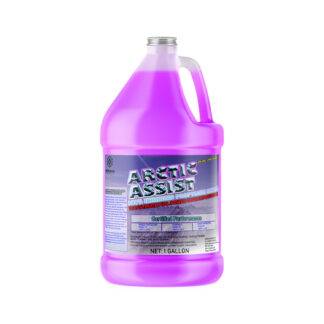 Arctic Assist$30.00 – $5,775.00
Arctic Assist$30.00 – $5,775.00
Detailed Analysis of Ethylene Glycol and Propylene Glycol
In order to truly appreciate the epic duel between EG and PG, one must delve into their chemical nuances and industry applications. Each has carved a unique niche for itself based on its distinct properties and capabilities.
The Prowess of Ethylene Glycol
EG, a petrochemical derived from ethylene, is a workhorse in the antifreeze industry. Its core talent lies in its ability to lower the freezing point and elevate the boiling point of water, a feat achieved by disrupting the hydrogen bonds between water molecules.
EG’s heavy-duty performance has found applications far beyond automotive cooling systems. Industries utilizing chilled water systems or geothermal heating systems often employ EG-based antifreeze for its high thermal efficiency and heat transfer capabilities. Its high boiling point ensures systems stay cool, even under heavy loads and high temperatures.
However, every hero has a flaw, and EG is no exception. Its major drawback is its toxicity. When ingested, EG metabolizes into toxic compounds in the body, causing serious health issues, potentially leading to renal failure. Despite this, EG’s widespread use across numerous applications attests to its enduring reliability and effectiveness.
At Alliance Chemical, you can find top-quality Ethylene Glycol, perfect for a myriad of applications. Each product is meticulously produced to ensure superior performance, ensuring customer satisfaction.
The Versatility of Propylene Glycol
Propylene Glycol, derived from propylene, is a safe and versatile alternative to EG. Its lower toxicity has propelled it to popularity, especially in sectors where incidental ingestion or skin contact is a concern.
PG’s prowess isn’t just limited to its safety features. Like EG, it also exhibits impressive freeze-point depression and boiling point elevation, making it a capable antifreeze. Furthermore, PG has a unique advantage – its high flash point and low flammability make it safer for use in hot environments, where fire safety is paramount.
The two variants of PG cater to different needs. Technical Grade PG is often found in industrial coolants, HVAC systems, and refrigeration systems, whereas PG USP is the star of food, pharmaceutical, and cosmetic industries, thanks to its higher purity.
Final Verdict
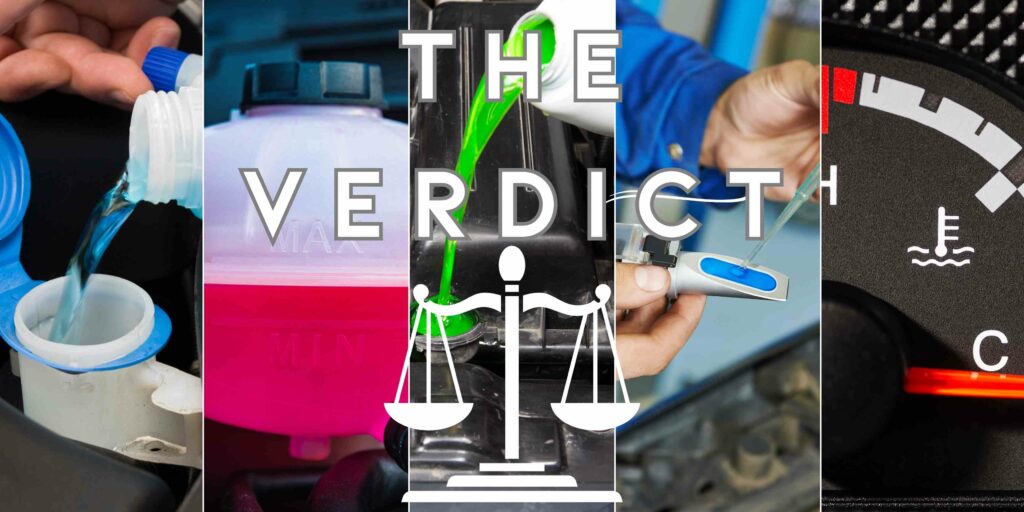
After a grueling showdown, we reach a crossroads. Which compound emerges victorious? The answer, dear reader, isn’t quite as straightforward. The winner depends on the requirements of the battlefield (or the application, in our case). If you require high heat transfer and cost-effectiveness, EG might be your champion. However, if safety and versatility top your priority list, the PG variants, particularly the corrosion-inhibiting Arctic Assist, may be your chosen hero.
Beyond the Battle
While we’ve witnessed an intense duel between Ethylene Glycol and Propylene Glycol, the realm of antifreeze solutions is diverse and constantly evolving. At Alliance Chemical, we are committed to bringing you high-quality, industry-grade chemicals for your varied needs.
Our Antifreeze & Coolant Solutions are formulated with the latest technology, promising superior performance and safety. Beyond EG and PG, we offer a range of antifreeze solutions to meet your specific needs. Explore our range of products, and you might discover your own antifreeze champion!
The Future of Antifreeze
The epic battle between EG and PG will continue to shape the future of antifreeze technology. As environmental concerns rise and regulations grow stricter, the demand for safer, more eco-friendly antifreeze solutions will increase. Propylene Glycol, with its lesser toxicity, is already a step ahead in this race. But that doesn’t mean Ethylene Glycol will back down without a fight.
In the laboratories of innovation, scientists are relentlessly working to reduce EG’s toxicity, improve its biodegradability, and enhance its performance. The future might see a new version of EG, one that carries all its desirable properties without the associated toxicity.
And who knows? We might see a new contender emerge, challenging the dominance of EG and PG. In this ever-evolving world of chemical technology, anything is possible.
As we inch closer to a future where safety, performance, and environmental sustainability merge, one thing is certain – the epic saga of Ethylene Glycol versus Propylene Glycol will continue. And as it unfolds, we, at Alliance Chemical, will be right here, ready to provide the best chemical solutions for your needs.
Thank you for joining us on this thrilling journey. We hope you’ve enjoyed this face-off as much as we did. Here’s to many more chilling tales from the world of antifreeze!
